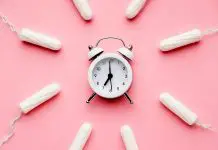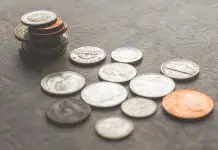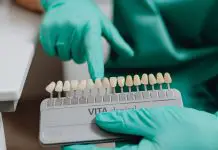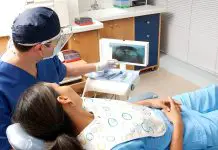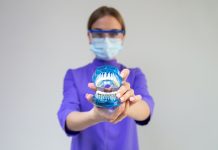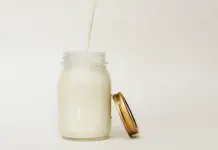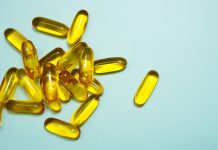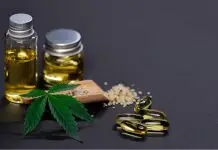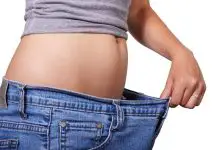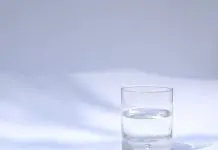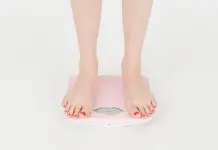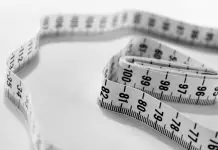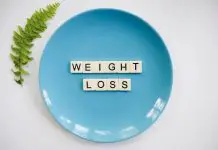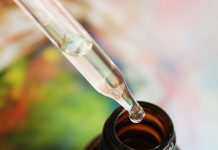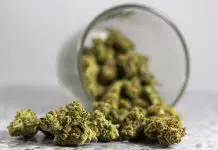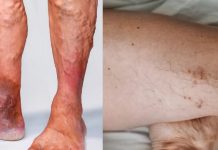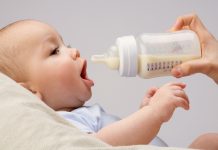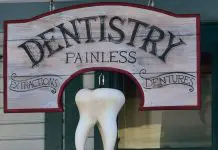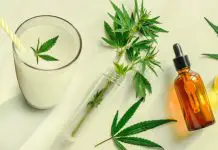Overview, Causes, & Risk Factors
Baby bottle tooth decay is the progressive breakdown of teeth in an infant or toddler. The decay usually beginsin the front teeth and moves back to the molars.
What is going on in the body?
Tooth decay occurs when the enamel, which is the protective coating on the teeth, breaks down. The mouth naturally hasbacteria in it. When a baby drinks liquids through a bottle, the liquids can pool near the gums and teeth. Most liquids containsugars. In fact, most foods that people eat ultimately break down to become sugar.
The sugars and bacteria combine to form a substance called dental plaque. When the bacteria break down thesugars, acids are formed. These acids can erode the enamel on the teeth. The result is damage to the teeth. As thedamage progresses, the decay can lead to:
What are the causes and risks of the condition?
Baby bottle tooth decay occurs when any liquid other than water is in contact with the teeth for a long time.Sweetened liquids are especially harmful. Milk, formula, fruit juice, and soft drinks can all cause problems.
A child who has a bottle of sweetened liquids several times a day is at risk for tooth decay. Any child who isallowed to fall asleep with a bottle is also at risk.
Symptoms & Signs
What are the signs and symptoms of the condition?
Diagnosis & Tests
How is the condition diagnosed?
Baby bottle tooth decay symptoms are hard to recognize early on. The symptoms may not be obvious until thedecay has caused quite a bit of damage to the teeth and gums. Regular dental checkups are important. The dentist canevaluate the teeth closely, and monitor:
Dental X-raysmay be done to examine the extent of decay.
Prevention & Expectations
What can be done to prevent the condition?
There are many ways to prevent baby bottle tooth decay.
What are the long-term effects of the condition?
Research suggests that children who have baby bottle tooth decay are at risk for more dental problems laterin childhood. These children may have more cavities and gum disease, and adult teeth may come in crooked. Speechproblems, ear infections, discolored permanent teeth known as Turner tooth, and nutritional problems from early loss ofbaby teeth can also occur.
What are the risks to others?
The bacteria that cause cavities can be passed from one person to another through kissing or biting, although thisis not common.
Treatment & Monitoring
What are the treatments for the condition?
Prevention is the best treatment of all. If baby bottle tooth decay does develop, treatment depends on theextent of tooth decay. Follow-up care from a dentist is very important. Treatments may include:
What are the side effects of the treatments?
Side effects from treatment may include:
What happens after treatment for the condition?
After treatment, the dental decay should be under control. Good dental hygiene and regular visits to thedentist will help prevent any more decay.
How is the condition monitored?
The best way to monitor for dental problems is to have regular dental checkups. If any unusual symptomsdevelop, the caregiver should call the dentist.
Article type: xmedgeneral








